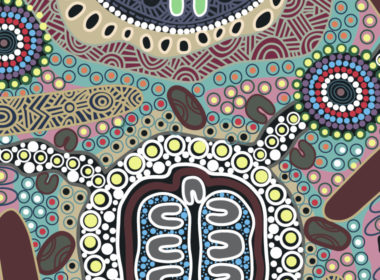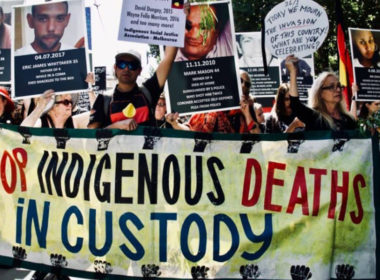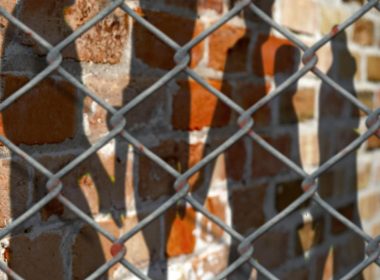‘If a dominant society denies recognition to the very things on which an individual’s identity is built, it will not be surprising if that individual becomes a delinquent from the point of view of that society. Yet that is what the European society that took power in Australia has been doing to Aboriginals for two hundred years. As a result there has developed a complex and difficult situation which cannot be simply unravelled, or washed away by better social services for Aboriginals. If Australia is going to deal with it in some way other than locking Aboriginals up in large numbers, it will have to learn to recognise Aboriginals as a people, to listen to them, and patiently build understanding and move to a genuine reconciliation between peoples.’
Those words were written over 30 years ago by the Honourable JH (‘Hal’) Wootten AC QC, one of the five Commissioners of the Royal Commission into Aboriginal Deaths in Custody. The reckoning of the experience of the 30 years that have passed since the presentation of the Royal Commission’s final report (the ‘Final Report’) has been sobering and demoralising. On the 30th anniversary of the tabling of that report, the Honourable Adam Searle MLC expressed extreme disappointment that many of the recommendations of the Royal Commission have not been implemented and that governments have even ‘given up’ monitoring their implementation.
But as Hal Wootten explained, unravelling the impact of European colonisation on First Nations people is going to require more than changes in government policy. What is required is a patient building of understanding. The purpose of this article is to foster critical thinking about the role of lawyers in that process with particular focus on the question of bail. A black letter application of the current bail legislation permits and requires courts to have regard to circumstances of disadvantage in First Nations communities and to consider culturally appropriate solutions; the challenge for lawyers is to bring forward applications in a way that emphasises those considerations so as to achieve fairer outcomes for First Nations bail applicants.




